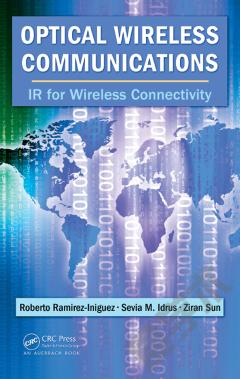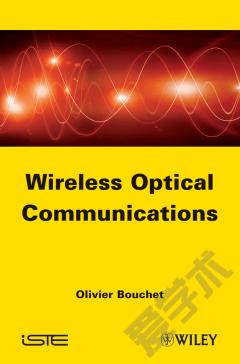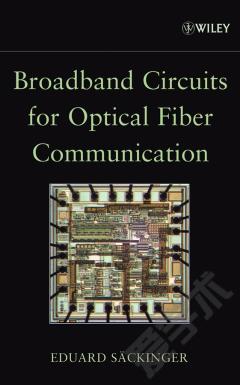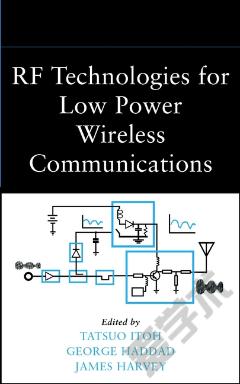Optical Wireless Communications —— IR for Wireless Connectivity
----- 无线光通信
INTRODUCTION Technology Overview System Configurations Evolution of Infrared Communication Systems The Optical Wireless Channel Design Fundamentals Power Budget Considerations Summary and Conclusions ATMOSPHERIC TRANSMISSION LIMITATIONS Introduction to Atmospheric Propagation Important Definitions Atmospheric Transmission Effect of Rain, Fog, and Mist Scintillation Summary and Conclusions DATA TRANSMISSION LIMITATIONS AND EYE SAFETY Data Transmission Limitations Eye Safety Extended vs. Collimated Sources Holographic Diffusers LEDs vs. LDs Special Considerations for Outdoor Systems Summary and Conclusions FUNDAMENTALS OF OPTICAL CONCENTRATION Overview of Optical Concentration Geometrical Optics and Ray Tracing Optical Path Length and Fermat's Principle The Etendue or Lagrange Invariant The Edge Ray Principle Concentration Ratio Summary and Conclusions OPTICAL CONCENTRATORS Overview of Optical Concentrators Wireless IR Receiver Requirements Optical Filters Optical Concentrators DTIRC Characteristics Comparison of Concentrators Practical Issues Other Shapes of DTIRCs Summary and Conclusions OPTICAL WIRELESS TRANSMITTER DESIGN Introduction to Optical Wireless Transmitter Design Transmitter Design Considerations Optical Source Characteristics Types of Optical Modulation Driver Circuit Design Concepts Current Steering Output Circuit Back Termination Circuit Predriver Data Retiming Automatic Power Control Transmitters Linearization Techniques OPTICAL WIRELESS RECEIVER DESIGN Receiver Design Considerations Photodetection in Reverse-biased Diodes Choosing the Photodetector Receiver Noise Consideration Bit Error Rate and Sensitivity Bandwidth Signal Amplification Techniques Receiver Main Amplifier (RMA) Transceiver Circuit Implementation Technologies: Hybrid and Monolithic Integration Summary and Conclusions MODULATION, CODING, AND MULTIPLE ACCESS Introduction to Modulation and Multiple Access Techniques Modulation Modulation Techniques Comparison Modulation Schemes in The Presence of Noise Modulation Schemes in the Presence of Multipath Distortion Multiple Access Techniques Summary and Conclusions IrDA PROTOCOLS Wireless Protocol Standards The Infrared Data Association IrDA Standard Overview The Physical Layer Protocol Framer/Driver IrLAP IrLMP Information Access Service and Protocol Tiny Transport Protocol Session and Application Layer Protocols Summary and Conclusions WIRELESS IR NETWORKING Introduction to Wireless IR Networking Network Architecture Optical Wireless Network Specifications The Ad Hoc Network Quality of Service (QoS) Future Infrared Networking REFERENCES
{{comment.content}}








 京公网安备 11010802027623号
京公网安备 11010802027623号